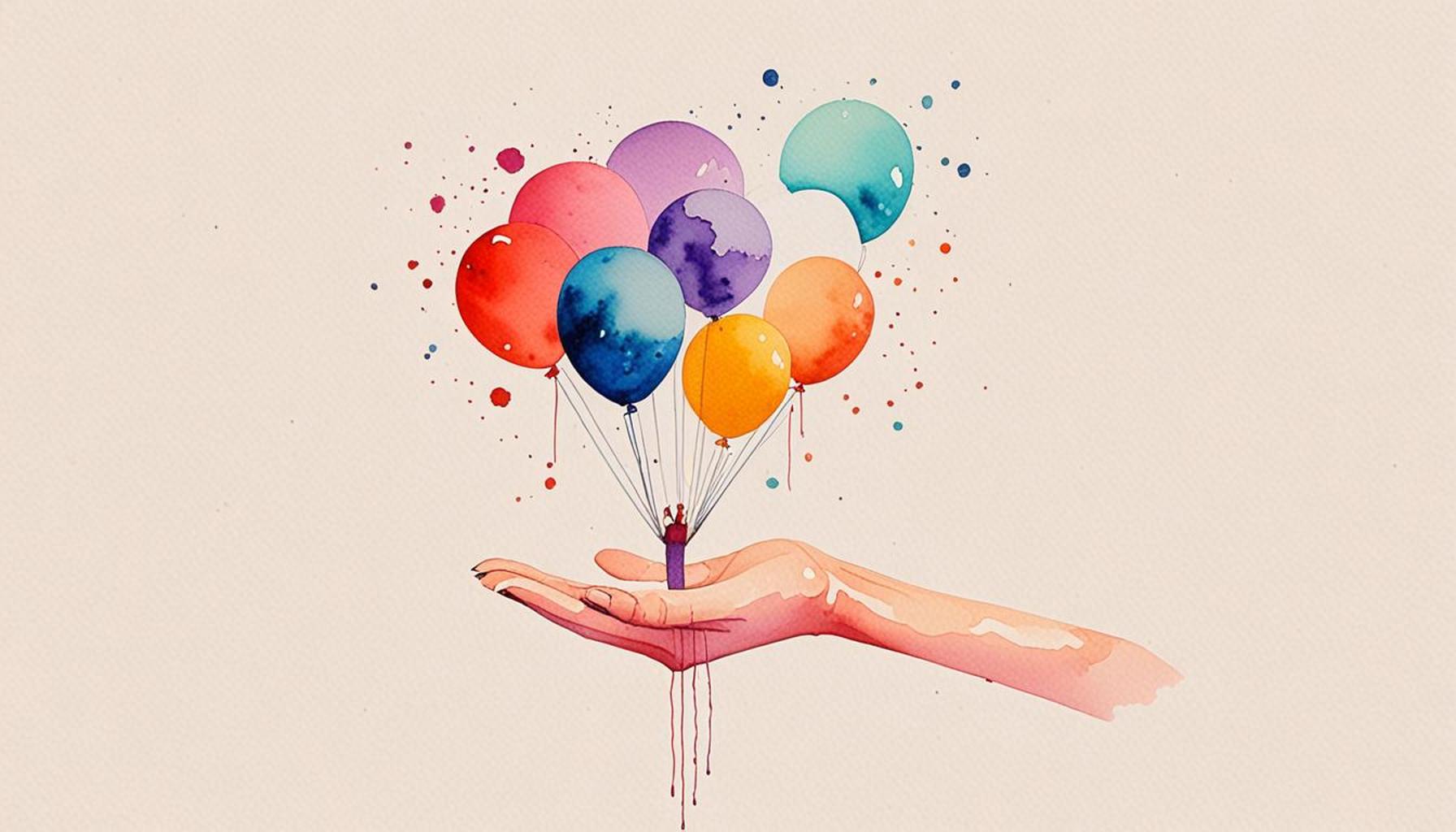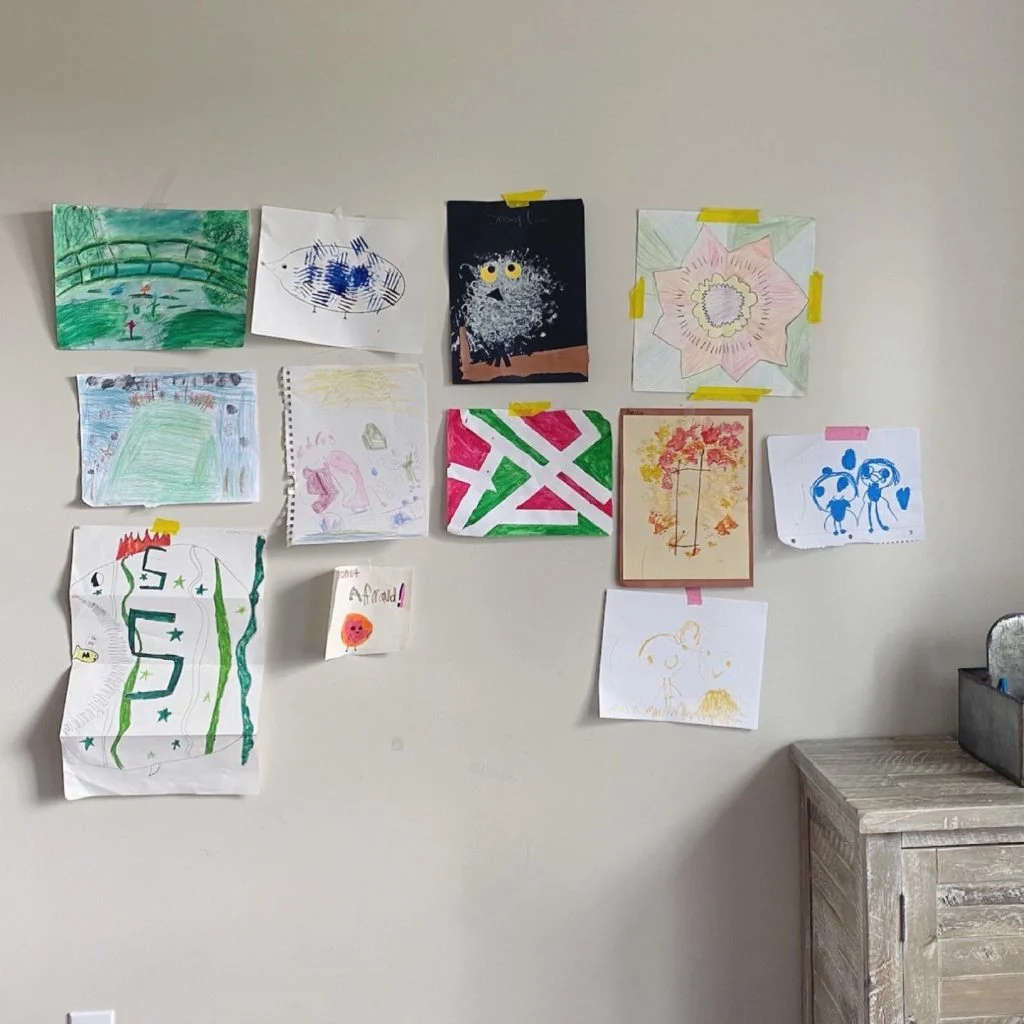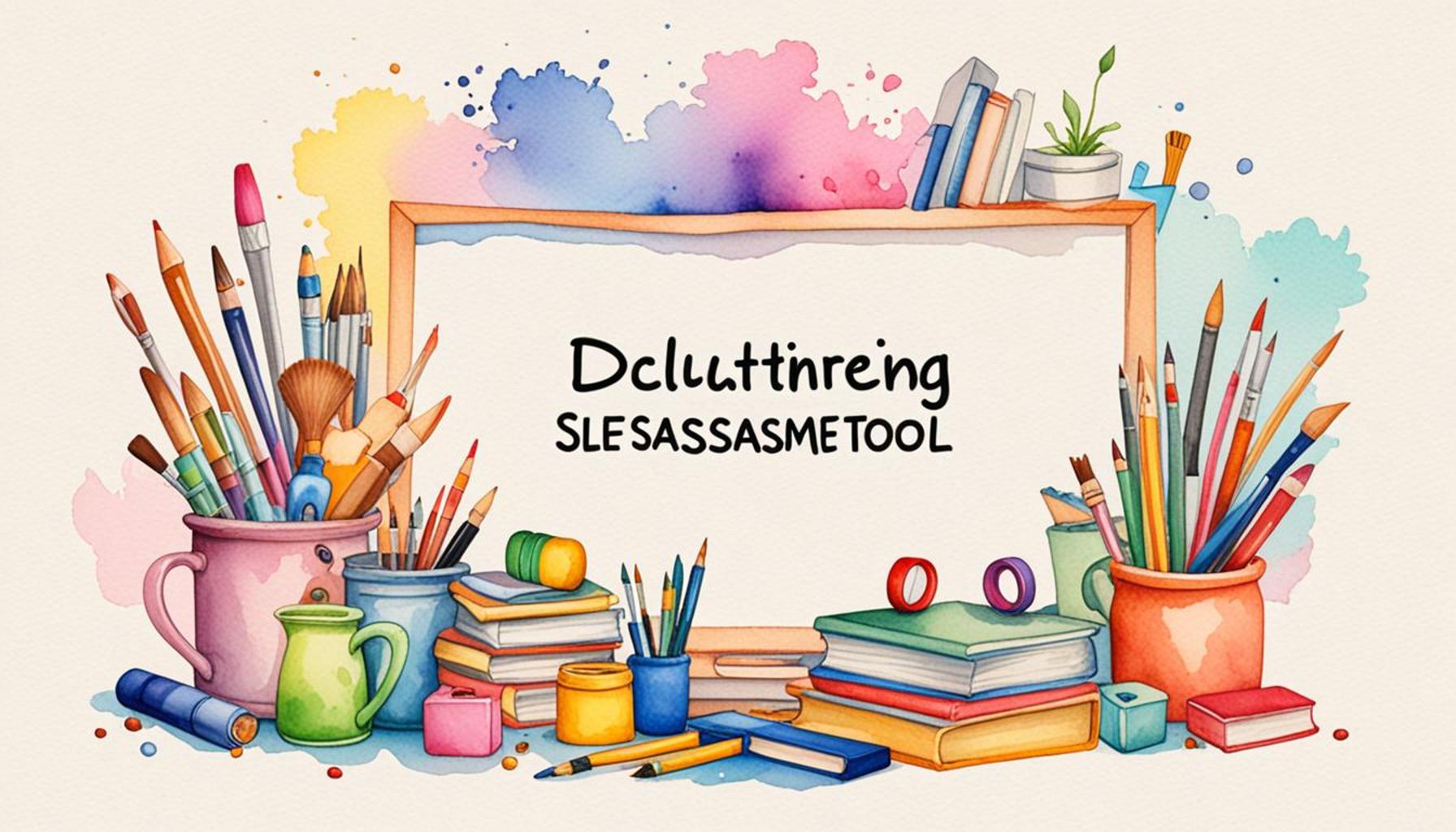The Art of Letting Go: Detachment Strategies for a Minimalist Space

Embracing Minimalism through Letting Go
In an era dominated by consumerism and fast-paced lifestyles, many people find themselves suffocated by the abundance of their possessions. The visible clutter that fills our homes can reflect the chaos in our minds, making it crucial to seek solace through minimalism. The journey toward a minimalist space is not just about creating a clean environment; it necessitates mastering the art of letting go.
The rising trend of minimalism in the United States can be attributed to several factors. Many individuals are discovering that by simplifying their surroundings, they can:
- Reduce stress and anxiety: Numerous studies suggest that cluttered spaces contribute to feelings of overwhelm. A minimalist environment fosters calmness, allowing for greater mental clarity.
- Enhance productivity: When distractions are minimized, focus can be sharpened. Many professionals report increased output and creativity in uncluttered workspaces.
- Promote sustainability: By letting go of excess items, consumers can contribute to reducing waste and environmental impact. Adopting a minimalist approach often encourages more mindful purchasing practices.
Letting go transcends the mere act of decluttering; it requires a fundamental shift in how we perceive our belongings. Here are some key aspects to consider:
- Emotional Attachment: It’s essential to acknowledge the sentiment tied to your possessions. Items often carry memories, but understanding how these objects contribute to your current life can help in the decision-making process.
- Practicality: Assess each item’s usefulness. Ask yourself, “Do I use this regularly?” or “Does this item add value to my life?” By evaluating practicality, you can filter out the unnecessary.
- Future Goals: Keep only those things that inspire you and align with your aspirations. Visualize your ideal future and consider what belongings will support that vision.
Implementing effective detachment strategies invites transformative change in your environment. Imagine walking into a home where each item serves a specific purpose or brings joy. Such a space not only reflects clarity but also promotes a lifestyle of mindfulness and freedom. In the age of social media, where many people document their lives, the most curated spaces often belong to those who have embraced minimalism.
To acknowledge the benefits that minimalism presents, consider engaging in activities such as the “one in, one out” rule, where you commit to letting go of one item for every new one you acquire. This practice encourages mindfulness in consumption and fosters a cycle of simplicity.

Join us as we delve deeper into techniques that empower you to release excess and cultivate a truly minimalist space, conducive to clarity, joy, and purpose. Explore decluttering methods like the KonMari Method or the 30-Day Minimalism Challenge, both of which can guide you on your journey to a simpler, more focused lifestyle.
DISCOVER MORE: Click here to learn about conscious decluttering
Strategies for Embracing Detachment
Letting go of possessions is often a challenging emotional journey. For many, the act of decluttering invokes feelings of nostalgia, guilt, and attachment. However, mastering the art of letting go can liberate you from the physical and mental burden of excess. Here are some effective strategies to begin this transformative process:
- Start Small: Tackle one area of your home at a time. Instead of attempting a complete overhaul, focus on a single drawer or closet. This incremental approach makes the task less daunting and allows you to build momentum.
- The 90/90 Rule: Popularized by Marie Kondo, this principle suggests asking yourself whether you’ve used an item in the past 90 days or if you will use it in the next 90 days. If the answer is negative, it may be time to let it go.
- Visualize a Clear Space: Take a moment to envision how you want your home to feel and look. Imagining a clean, organized environment can motivate you to release items that hinder your vision.
- Involve Friends or Family: Sometimes, a fresh perspective can help you see the true value—or lack thereof—of your possessions. Invite a trusted friend or family member to help you assess items, offering an unbiased opinion about what to keep or discard.
- Set a Timeline: Give yourself a specific timeframe to declutter. By establishing deadlines, you can create a sense of urgency that encourages you to make quicker decisions about your belongings.
Beyond the physical act of decluttering, it is essential to address the mental hurdles that come with it. Reflecting on why you hold onto certain items can reveal emotional traps that impede your progress. For instance, consider whether you are holding onto clothing that no longer fits because it symbolizes a past identity or memories tied to significant life events. Recognizing these patterns is the first step toward freedom.
Cultivating Mindfulness in Decision-Making
One effective approach for detachment is incorporating mindfulness into your decision-making process. When you evaluate an item, take a moment to breathe and truly consider its place in your life. Ask yourself questions such as:
- “What purpose does this item serve?”
- “Does it align with my current lifestyle?”
- “How does it make me feel?”
By embracing this reflective process, you can identify emotional attachments that may not serve you anymore and foster a mindset of appreciation for what you choose to retain. It is crucial to remember that letting go does not equate to loss; instead, it’s an opportunity to reclaim space and open the door to new experiences.
As you implement these detachment strategies, you may find that the results extend beyond your physical surroundings. Many individuals report a heightened sense of clarity and inner peace as a result of embracing minimalism. This newfound freedom allows you to focus on what truly matters in life—relationships, experiences, and personal growth. Join us as we explore further techniques for letting go and creating a minimalist space that truly reflects your values and aspirations.
The Art of Letting Go: Detachment Strategies for a Minimalist Space
When we delve into the concept of minimalism, it is imperative to understand that it transcends merely reducing physical possessions. At its core, detachment becomes a pivotal strategy. The journey of letting go often requires a profound shift in mindset. This means recognizing the emotional ties we develop with our belongings. For many, items evoke memories, create a sense of identity, or simply serve practical purposes. Acknowledging these connections can be the first step towards a more liberated existence.One effective method to cultivate detachment is the 12-12-12 Challenge. This involves choosing 12 items to discard, 12 to donate, and 12 to relocate. It transforms the process of decluttering into an engaging game that not only simplifies your space but also invigorates the mind. The action fosters a connection to the minimalist philosophy, enabling individuals to assess their possessions and make conscious choices about what to keep.Another compelling strategy is the Emotional Attachment Exercise. Articulating why certain items hold value can illuminate the underlying themes of attachment, enabling you to differentiate between necessity and nostalgia. By journaling or verbally expressing these sentiments, one can often realize that certain belongings are merely containers of memories rather than essential components of one’s identity.Additionally, implementing a 30-Day Minimalism Game can bring fresh perspective and excitement. Each day, you commit to removing an increasingly larger number of items from your living space. This practice not only amplifies your space but also sparks introspection about what truly matters to you. In these approaches, the essence of minimalism intertwines with the idea of letting go. These strategies not only optimize your physical environment but can significantly enhance mental clarity and emotional well-being, leading to a more fulfilling, minimalistic lifestyle. Engaging with such practices allows individuals to embrace the freedom that comes with less possession and more possibility. As the space around you transforms, so too can your mindset, paving the way for a life that celebrates clarity, purpose, and simplicity.
DISCOVER MORE: Click here to learn about reducing virtual waste
Embracing New Habits for a Minimalist Mindset
Once you have started the decluttering process, it’s vital to cultivate new habits that support your journey towards a minimalist lifestyle. This can help ensure that your newfound clarity doesn’t become overshadowed by the accumulation of unnecessary items once again. Implementing sustainable practices can keep your space neat and serve as a continuous reminder of your commitment to letting go.
The One-In, One-Out Rule
This simple but powerful principle suggests that for every new item you bring into your home, you should let go of an existing one. This creates a natural check-and-balance system that can help prevent the clutter from returning. For example, if you purchase a new shirt, consider donating or recycling an old one to maintain your wardrobe’s size. This strategy reinforces the importance of thoughtful consumption and asks you to consider whether each item truly adds value to your life.
Practicing Gratitude
Another strategy is to practice gratitude for what you own. This can shift your perspective from a mindset of scarcity to one of abundance. Before parting with an item, take a moment to acknowledge its role in your life. Maybe a particular book taught you valuable lessons, or a souvenir holds memories of a beautiful trip. Expressing gratitude can make the act of letting go less painful and more empowering. Acknowledging the purpose that items have served helps in framing the process as a celebration rather than a loss.
Utilizing Technology to Help
In today’s digital age, there’s no shortage of apps and platforms designed specifically to aid in the decluttering process. For instance, if you find it hard to let go of physical books, you might explore e-readers where you can purchase digital copies instead. Alternatively, consider using donating apps that allow you to locate nearby charities willing to accept your items with a few taps on your smartphone. These tools not only streamline the process but also make it easier to donate or sell your possessions responsibly.
Establishing a Routine Check-In
Creating a regular schedule to assess your belongings can further reinforce your commitment to maintaining a minimalist space. Set aside time every few months to revisit your possessions and determine whether they still serve a purpose or spark joy. This habit maintains awareness of your items and promotes a sense of accomplishment as you continue to refine your space.
Mindful Shopping Practices
Lastly, reconsider your shopping habits. Adopt a more intentional mindset when purchasing items. Ask yourself: “Do I truly need this? How often will I use it?” Implementing a waiting period before making a purchase—such as a 30-day rule—can help you resist impulsive buying. By giving yourself time, you increase the likelihood that you’ll make mindful choices that align with your minimalist goals.
By integrating these habits into your daily life, you not only ease the process of letting go but also cultivate a mindset that treasures simplicity. The art of letting go is about more than just decluttering; it’s about creating a sanctuary that reflects your true self. With these strategies in place, you can turn your space into a haven that supports your values, aspirations, and overall well-being.
DISCOVER MORE: Click here for insights on mindful consumption
Conclusion: Creating a Sanctuary Through the Art of Letting Go
In a world that continuously encourages accumulation, mastering the art of letting go can be both a challenge and a revelation. As you embrace detachment strategies that promote a minimalist space, you journey beyond mere decluttering; you redefine your relationship with possessions. By implementing tools like the one-in, one-out rule, practicing gratitude, and leveraging technology, you gain not only a clearer space but also a clearer mind.
Moreover, establishing mindful shopping habits and routine check-ins ensures that your environment remains a true reflection of your values and aspirations. Each item retained or released should resonate with a purpose, fostering a sense of accomplishment and personal growth. This practice serves as a continuous reminder of the freedom that comes with intentional living.
As you navigate through your possessions, consider how each item contributes to your life’s narrative. Letting go isn’t merely about reducing clutter; it’s about making room for experiences, relationships, and a lifestyle that enhances your well-being. By committing to a minimalist mindset, you can transform your surroundings into a sanctuary that not only supports your journey but also honors the essence of who you are.
Ultimately, the quest for minimalism is less about deprivation and more about embracing a fuller, more enriched life. As you cultivate a space that is free from excess, you allow yourself to discover the beauty in simplicity and the empowerment of letting go. The journey to minimalism is just beginning, and with every step taken, you move closer to creating a personal haven that nourishes your spirit.


